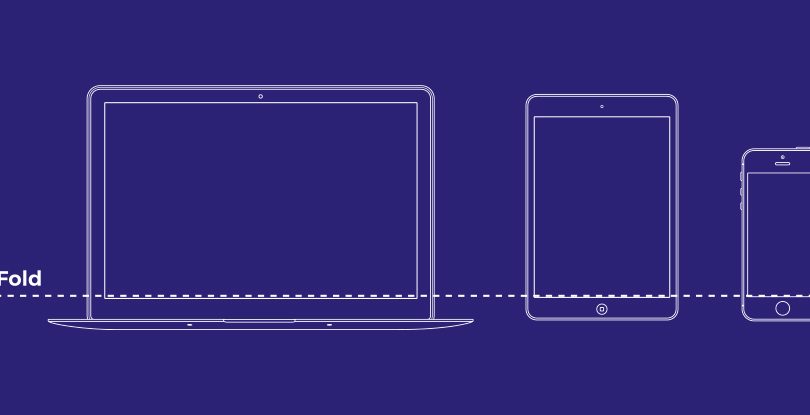10 principles for creating amazing online experiences

All retailers want to deliver amazing online experiences. The starting point is to create a frame of reference by understanding the characteristics of a great physical retail experience:
- A great salesperson will modify the information based on a consumer’s questions and preferences.
- The information presented is easy to understand.
- The salesperson has tools and deep knowledge to assist decision making.
The consumer feels this experience is personalised, relevant and presented on their terms.
Like the physical experience, amazing online experiences must be from the consumer perspective and one to one interaction.
When a consumer has a buying intent they will:
- Seek out relevant information.
- Choose the extent at which they continue.
- Complete the mission only once they have met their need.
To meet this requirement, retailers need to be….
- Visible in the right places
- Easy to deal with
- Speak the consumer’s language
- Add value
For retailers to deliver amazing online experiences they must be selling (presenting content) in the identical manner in which a consumer wants to purchase (receiving content).
This can be summarised in 10 principles:
- Consumers are on a journey
Consumers are on a journey. A 2013 Google study found that, on average, consumers referenced 12 sources of information online before buying online or in store. In 2010, the average was five.
- Each journey comprises multiple steps
In the eyes of the consumer, a “step” occurs when they take an action. Each time they view relevant content, consumers feel they are more satisfied.
- The function of user experience or UX
To understand how UX contributes it needs to be broken down into two parts:
- Interaction Cost
- Value Design
Interaction Cost is the effort required of consumers to undertake each step within their journey, both physical and mental.
The goal is to reduce both forms of effort as much as possible.
Value Design is the creation and presentation of content to simplify decision making.
- Respect the Fold
Though today’s consumer is more prone to scrolling, but only if meaningful content is above the fold, the assumption is there will be more relevant content down the page.

- Let data do the decision making
Have access to the right data. Use data insights to answer:
- What are you doing right to acquire new customers?
- What are your customers’ pain points?
- What are the pain points of the people who come to you but do not end up purchasing?
Insights gathered from #3 will enhance experiences and drive acquisition.
- Apply best practice (the “science”)
The world of e-commerce and digital conduct has been around for 20 plus years, providing a wealth of knowledge for businesses to expedite their digital evolution.
7. Wireframing
Wireframing (see image below) is the process of translating the experience plan to touchpoints through wireframes. Wireframes ensure the integrity of the experience by eliminating the subjective and emotional influences of look and feel.

- Design “consumer first” not “mobile first”
The retailer has the ability to leverage varying screen sizes to improve the consumer experience. Key considerations include:
- Simultaneously create wireframes for all touchpoints
- Consider context (and what experience the consumer is looking for on a particular screen)
- Do not forget about the enlarged monitors which are growing in popularity for desktop.
- Design experiences for intent driven “micro-moments”
A “micro moment” is a consumer’s moment of high intent.
Thanks to smartphones, it is nearly impossible to predict where buying intent comes from. This makes retailing very complicated and is why the use of demographics as a proxy for people is not effective.
- Be iterative (continuous improvement)
Creating amazing online experiences is not a “one-off” process but includes:
- Data mining and insight gathering.
- Be iterative and agile in development programming.
Greg Randall is a Digital Strategist at eStar. Download a full copy of the 10 Principles to Designing Amazing Digital Customer Experiences WhitePaper here.
Comment Manually
You must be logged in to post a comment.

No comments